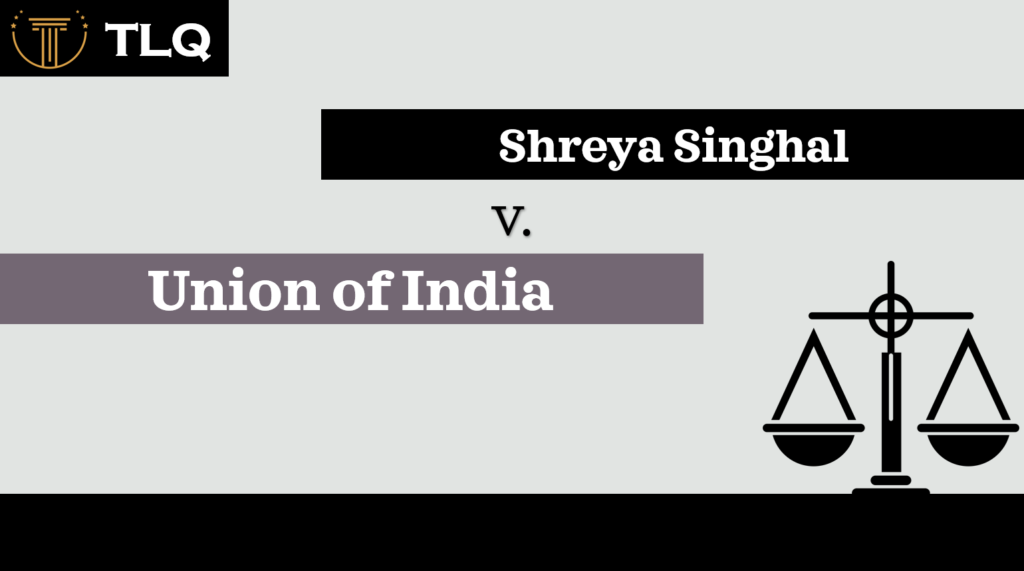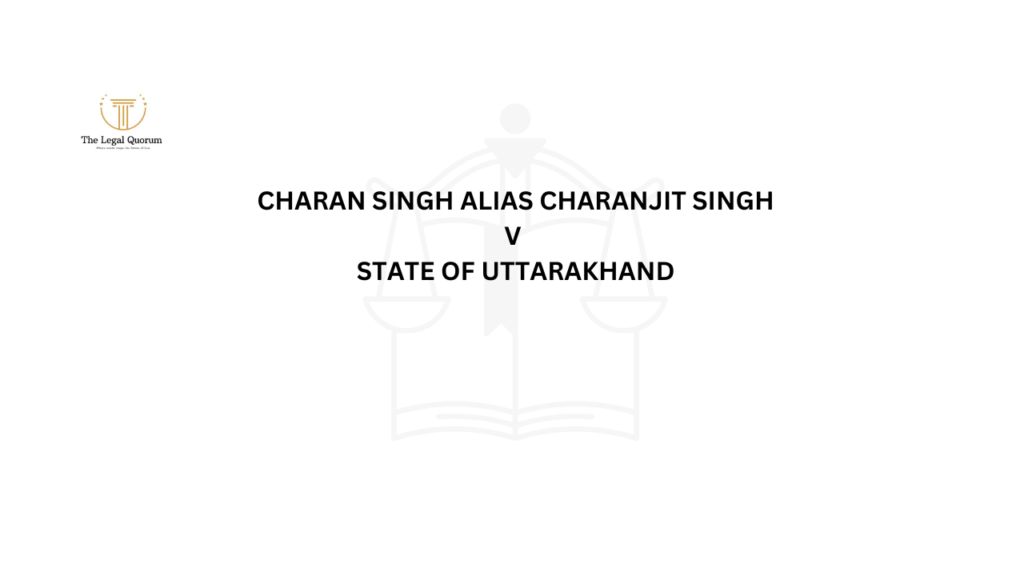Published On: October 7th 2025
Authored By: Yasaswini Vommi
GITAM University
INTRODUCTION
The Payment of Gratuity Act of 1972, one of the first social welfare laws, was designed to give workers money upon their retirement or resignation. The Act guarantees that workers receive a lump sum payment as a gratuity for their services to the company.. The employee is given this award in appreciation of the work and time that they spent serving the organization, providing them with security during their retirement years.
The Act is wide-ranging in terms of business and industry covered and applies to those establishments with ten or more staff. Employers are required to pay eligible employees their gratuity within 30 days upon resignation or retirement. Payments of gratuity are obligatory. The years of service and current salary, whichever is higher, are factors taken into consideration in determining the gratuity payment.[1]
ELIGIBILITY CRITERIA FOR GRATUITY
Eligibility for retirement benefit is another contentious area, as the Act provides that a retirement benefit is payable to an employee in the event that he or she has rendered five years of continuous service, but the said measure is quantified at the time when the employee retires. Conflicts occur where it is not well defined whether the time taken off work during his or her service, for example, maternity leave, holiday or vacation, is included in the regular working hours; employers do not usually protest payment of retirement benefits, claiming that employees are illegal. [2]The courts have to settle such matters and uphold the rights of people. By doing so, jobs are safeguarded, the courts have held that a poor performance does not automatically cut out the right of the employee to be awarded retirement benefits; employers are required to do so. The courts have resulted in conflicting rulings The courts have resulted in some uncertainty on these questions, and confusion and perplexity for employees and employers, and resulting in disputes and lawsuits, resulting in numerous rulings on the case.
CALCULATION OF GRATUITY
Calculation of pension is a crucial aspect of the Pension Payment Act, 1972 since it dictates the quantum of pension to be paid to an employee.
The Act stipulates a formula for calculation of pension, depending on the last salary and the period of service of the employee. According to the Act, the pension payable to an employee will be 15 days’ salary for every completed year of service against the previous salary of the employee or ₹1,50,000 as on 1 December 2016 or ₹20,000, whichever is greater. Pension is computed as follows: Pension = (15 x last salary received x years of service) / 26th year of eligibility. Wages are defined by law as the basic wage, health benefits and other allowances forming part of an employee’s salary. Overtime payment, bonuses and income, however, are not covered in the retirement calculation. [3]The existing salary earned by the employee must be the salary earned by the employee at the time of immediate pre-retirement or pre-resignation and must cover all the bonuses that form part of the salary of the employee. According to the law, the retirement pension that is to be given to an employee must be determined based on the number of years of service attained by the employee. The period of service includes the period between the date of entry into the company and the date of retirement or resignation. The Law, however, provides that the employee should have rendered at least five years of continuous service before becoming eligible for retirement. If the employee has not served for five consecutive years, the employer is not liable to pay a retirement pension. [4]
FORFEITURE OF GRATUITY
Withholding of superannuation refers to a provision of the Superannuation Act 1972, under which an employer may withhold superannuation payments from an employee in specific situations, for instance, where the employee fails or disregards to carry out his or her work or is an employee him or herself. If an employee is terminated for reasons related to work (like theft, misconduct or other conduct impacting the employer’s interests), the employer can withhold the entire or a part of the compensation of the employee.[5]
Employees can: Ask the supervisor, entrusted with the duty of reviewing the decisions of the workplace and giving orders to which he gives consent, to revoke the superannuation rights. Supervisors can also direct the employer to remit all or a portion of the employee’s superannuation rights. The forfeiture of superannuation entitlements has been the topic of much litigation and controversy, and courts and tribunals have to construe the provisions of the Act and determine in which circumstances. Pension benefits are not disproportionately treated as Pension benefits are earned income intended to give employees financial security upon retirement or ceasing work. or disproportionately. The employer should be equitable in the forfeiture of retirement benefits. In loss of benefits, inherent principles of justice have to be followed, such as affording the employee a chance to defend and present his case, and the employer should decide in favour of the employee. [6]
LIMITATION PERIOD FOR FILING CLAIMS
The period of limitations is essential in assuring that retirement requests are made within time and that employers do not have to endure lengthy application documents subsequently. Periods of limitations also avert fraud and assure that only accurate information is sought.
But the statute of limitations can be waived in some circumstances, like when an employee or their representative cannot initiate a suit due to reasons over which they have no control.[7]
In these cases, the Agency can extend the time frame if it thinks the employee or their representative has a fair justification for failing to make the claim within the prescribed time frame. Know the statute of limitations on claiming retirement. Refusal to submit a claim within the stipulated time frame will lead to disqualification of the claim and forfeiture of retirement rights by the employee or their representative. Employers are also obligated to inform employees and their prospects about the statute of limitations for retirement application. The employer is required to write a letter to the employees or their representatives that the request has been closed, and the employer is required to inform the management body of the location about the request. [8]
CONCLUSION
The Payment of Pensions Act, 1972 is a relevant piece of legislation that offers financial support to the employees upon retirement or resignation as a token of appreciation for their services and contribution to the company. The Act has been amended repeatedly in order to widen its scope and services and keep up with the evolving needs of workers and employers. Employers and workers frequently differ on the meaning of the provisions of the Act, resulting in disagreements and lawsuits. Nonetheless, the Bill is a significant legislation that gives workers economic security when they retire or cease to be employed.[9]
The provisions of the Act have to be followed by business owners in terms of calculation of income benefits, eligibility and limitation periods for claims. Retirement rights and application procedures have to be made known to the employees. This can be achieved through publishing guidelines and bulletins and through setting up courts and tribunals to resolve disputes. Give financial assistance upon retirement. Though its enforcement has been contentious and litigated, it is a significant piece of law that gives financial protection to workers. By doing so and addressing the issues and challenges, making sure that employers and employees know their rights and obligations under the Act and taking measures to clarify the provisions of the Act and settle disputes, we can make sure that the Act would work as expected in securing the financial welfare of employees after they have quit working. [10]
REFERENCES
[1] Payment of Gratuity Act 1972, s 7(3).
[2] Payment of Gratuity Act 1972, s 2A (definition of “continuous service”).
[3] Government of India, Ministry of Labour and Employment Notification, SO 1420(E), dated 29 March 2018 – raised the gratuity ceiling from ₹10 lakhs to ₹20 lakhs.
[4] Indian Hume Pipe Co Ltd v Its Workmen AIR 1969 SC 1289 – clarified the purpose and nature of gratuity.
[5] Union Bank of India v CG Ajay Babu (2018) 9 SCC 529.
[6] DTC Retired Employees Association v Delhi Transport Corporation (2001) 6 SCC 61.
[7] Limitation Act 1963, s 5.
[8] State of Orissa v Mamata Mohanty (2011) 3 SCC 436
[9] Delhi Cloth and General Mills Co Ltd v Workmen AIR 1967 SC 469
[10] The Payment of Gratuity Act 1972 (India), s 4(1)




